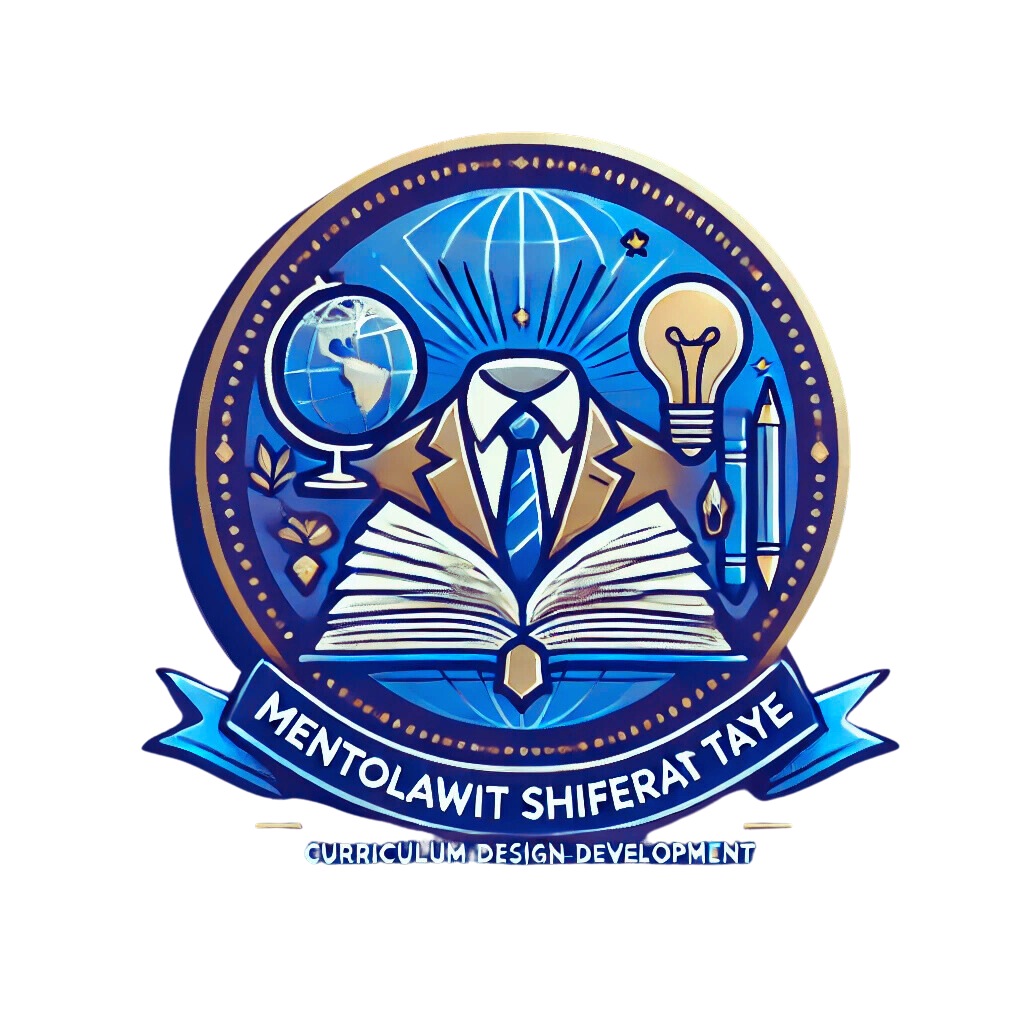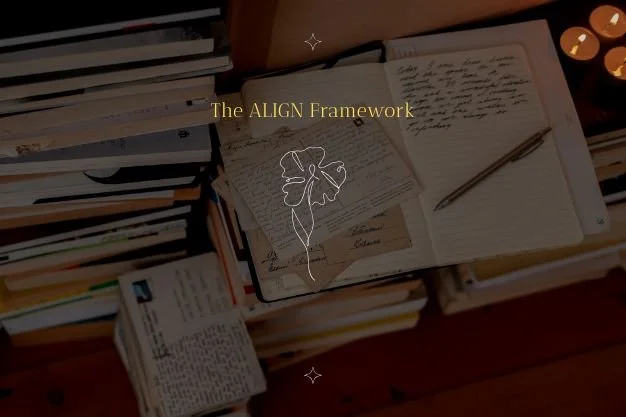The ALIGN Framework
The ALIGN Framework: A Practical Approach to Curriculum Alignment for Lasting Educational Impact
Introduction: The Problem with Misaligned Curriculum
Throughout my years as a curriculum developer, instructional designer, and educational effectiveness analyst, I’ve seen firsthand how misaligned curriculum hinders student progress. Too often, I’ve worked with schools where:
Key concepts are introduced inconsistently across grade levels, leaving learning gaps.
Teachers struggle with redundant or missing content, leading to confusion.
Assessments fail to measure what was actually taught, making it harder to gauge student learning accurately.
Curriculum alignment isn’t just about checking standards—it’s about creating a seamless learning experience that supports both students and educators.
That’s why I developed The ALIGN Framework, a five-step approach to achieving meaningful curriculum alignment that ensures coherence, equity, and instructional effectiveness.
The ALIGN Framework: My Step-by-Step Process for Curriculum Alignment
I’ve worked with schools, educators, and instructional teams to refine curriculum across K-12 and higher education, and my ALIGN Framework serves as a practical, repeatable process to ensure content is structured effectively.
🔹 A – Analyze Current Curriculum Gaps
Before making changes, you need to audit your curriculum to identify misalignments. Ask:
✅ Are all required standards covered across grade levels?
✅ Where are students struggling most (based on data)?
✅ Are instructional materials consistent across classrooms?
Pro Tip: Use curriculum mapping tools (Google Sheets, Trello, or tools like Atlas) to visually track where gaps exist.
🔹 L – Link Learning Objectives to Instructional Strategies
Once you identify gaps, the next step is aligning content with pedagogy. Teachers should not only know what to teach but also how to teach it effectively.
For example:
📌 Traditional Approach: Teaching persuasive writing with worksheets.
📌 Aligned Approach: Teaching persuasive writing through interdisciplinary projects where students craft policy arguments in social studies.
Pro Tip: Encourage collaborative planning among teachers across subjects and grade levels to ensure instructional coherence.
🔹 I – Integrate Assessments for True Mastery
One of the biggest alignment challenges I see is misaligned assessments—where tests measure different skills than those taught in class.
Instead of relying solely on standardized tests, schools should integrate:
✅ Performance-based assessments (portfolios, project-based learning)
✅ Formative assessments (exit tickets, student self-reflections)
✅ Authentic assessments (real-world problem-solving tasks)
Pro Tip: Use Bloom’s Taxonomy & Depth of Knowledge (DOK) models to ensure assessments match the level of cognitive demand in instruction.
🔹 G – Generate Consistency Across Classrooms
Horizontal alignment (within the same grade level) is just as crucial as vertical alignment (across grades). This ensures students in different classrooms receive equal learning opportunities.
How to do this effectively:
📌 Develop shared curriculum guides for grade-level teams.
📌 Create common formative assessments to measure mastery across classrooms.
📌 Standardize rubrics and expectations to promote equity.
Pro Tip: Use Professional Learning Communities (PLCs) for ongoing alignment discussions and strategy-sharing.
🔹 N – Nurture a Culture of Continuous Improvement
Curriculum alignment isn’t a one-time fix—it requires ongoing reflection and refinement. Schools must embed alignment into professional development and instructional coaching to ensure long-term success.
✅ Conduct annual curriculum audits to adjust for student needs.
✅ Provide PD sessions on instructional alignment strategies.
✅ Gather teacher & student feedback to refine lessons and assessments.
Pro Tip: Use lesson study models, where teachers collaboratively refine and improve instructional approaches in real time.
Case Study: How I Helped a School Achieve True Curriculum Alignment
One school I worked with faced low literacy scores and inconsistent writing instruction across grade levels. Using the ALIGN Framework, we:
Mapped out where writing instruction occurred across subjects.
Developed a school-wide writing progression to build skills over time.
Aligned assessments to writing standards to ensure consistency.
📌 The result? After one year, student performance on writing benchmarks increased by 18%, and teachers reported higher confidence in delivering writing instruction.
My Free Curriculum Alignment Toolkit 🎁
I want to help educators like you take action toward better curriculum alignment. That’s why I’ve created a FREE Curriculum Alignment Toolkit, which includes:
✅ A Curriculum Alignment Audit Checklist
✅ A Lesson Plan Alignment Template
✅ A Standards vs. Assessments Alignment Guide
🔹 Click here to download your free toolkit! (📥 Download Curriculum Alignment Toolkit (PDF)
Final Thoughts: Let’s ALIGN for Student Success!
The key to successful curriculum alignment isn’t just about following standards—it’s about ensuring that instruction, assessments, and student experiences work together to create lasting learning.
If you're an educator, curriculum leader, or instructional designer, I’d love to hear from you:
💬 What are your biggest challenges in curriculum alignment? Comment below!
✨ Take Action Today!
✅ Use the Curriculum Alignment Audit Checklist to evaluate your current curriculum.
✅ Try the Lesson Plan Alignment Template for better lesson coherence.
✅ Apply the Standards vs. Assessments Alignment Guide to improve assessment accuracy.
💡 Want help implementing alignment strategies in your school or district?
📩 Let’s connect! mentolawitshiferaw@gmail.com

